One way for small businesses to tackle carbon emissions is to go down the route of purchasing carbon offsets.
Guest contributor describes what carbon offsets are all about and how small businesses can contribute to emission reductions.


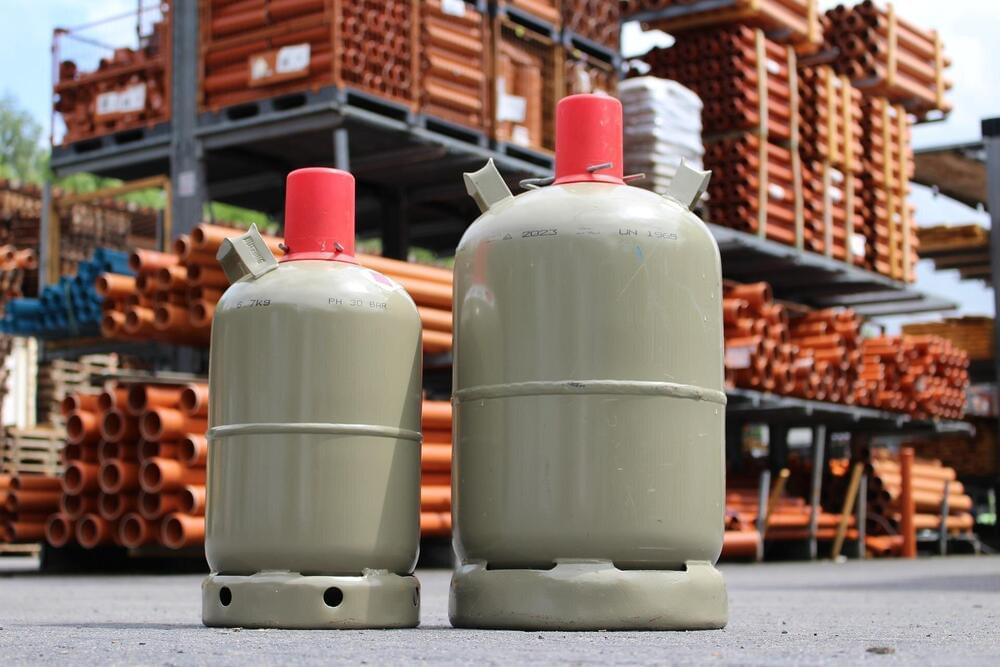
Current severe heatwaves that will likely increase in severity and frequency in the future are driving a rise in the use of air conditioners, threatening the environment with their high energy consumption and refrigerants with high warming potential. A new study finds that switching to propane as a refrigerant could lessen the global temperature increase from space cooling.
We spend enormous amounts of energy on fighting off the heat in the summer, or throughout the whole year at lower latitudes—about one-tenth of the total worldwide electricity supply. If current temperature trends continue, the energy demands of space-coolers will more than triple by 2050. Apart from the rise in energy consumption, space-coolers also threaten the environment in different ways: by using halogenated refrigerants with high global warming potential.
Split-air conditioners (Split ACs) that use an indoor and an outdoor air unit connected by pipes are the most common appliances used for space-cooling. They mostly utilize HCFC-22 and HFC-410 as refrigerants, both of them characterized by a very high global warming potential score, up to 2,256—meaning that they trap up to 2,256 times more heat than carbon dioxide over 100 years. Urged by the Kigali Amendment to the Montreal Protocol, many manufacturers are looking for alternative refrigerants with lower global warming potential scores, such as HFC-32. However, with a global warming potential score of 771, HFC-32 still poses a significant climate hazard.
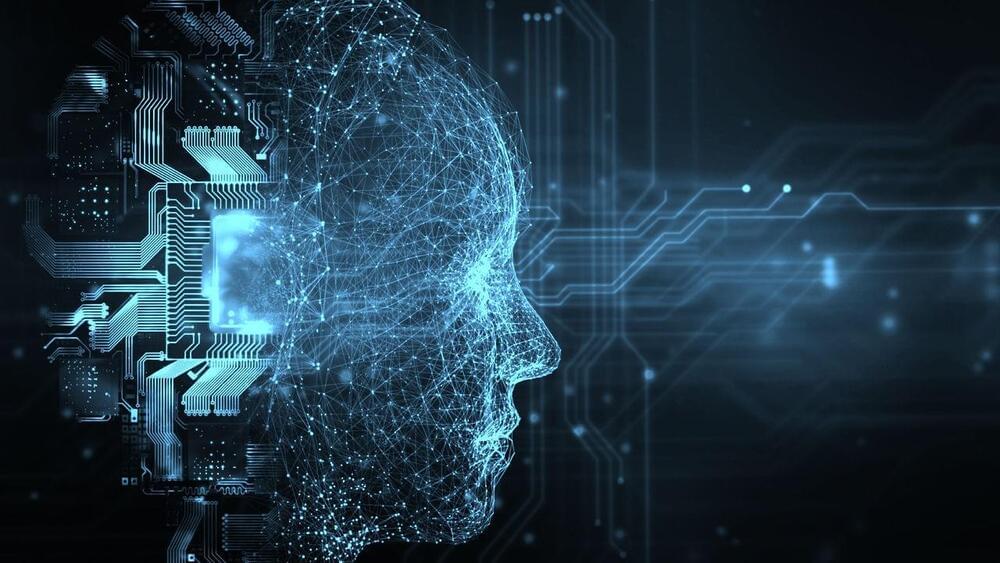

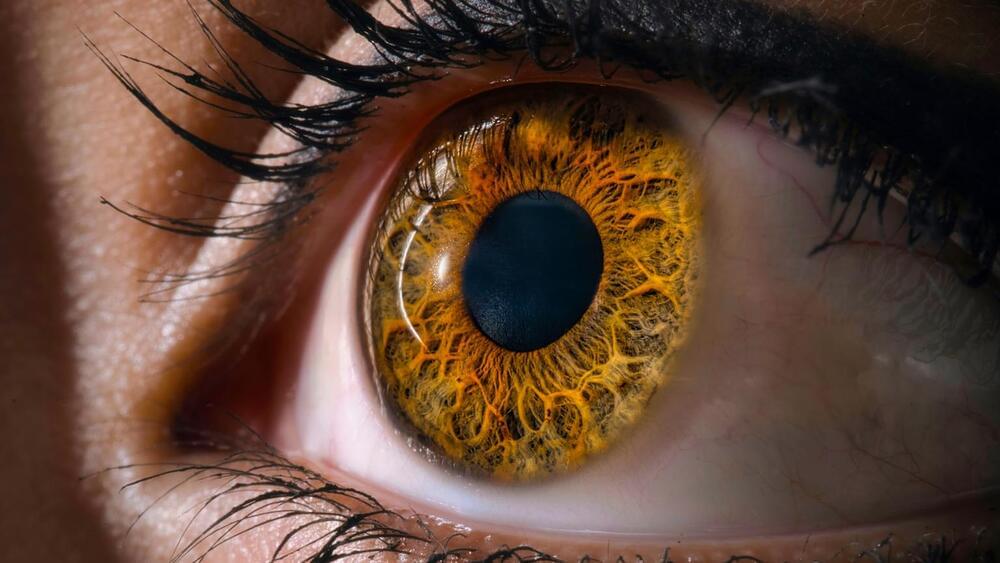
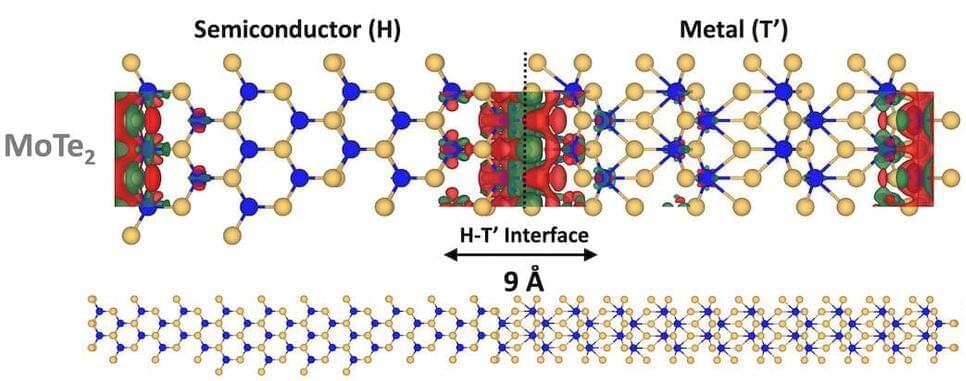
There’s still plenty of room at the bottom to generate piezoelectricity. Engineers at Rice University and their colleagues are showing the way.
A new study describes the discovery of piezoelectricity—the phenomenon by which mechanical energy turns into electrical energy —across phase boundaries of two-dimensional materials.
The work led by Rice materials scientists Pulickel Ajayan and Hanyu Zhu and their colleagues at Rice’s George R. Brown School of Engineering, the University of Southern California, the University of Houston, Wright-Patterson Air Force Base Research Laboratory and Pennsylvania State University appears in Advanced Materials.
Iron could massively boost ocean algae populations.
Scientists suggest we could fertilize the world’s oceans with iron to fight climate change. Iron would lead to phytoplankton blooms, which would help to pull carbon dioxide out of the atmosphere.
One “very conservative” estimate suggests a gigaton of carbon dioxide could be removed per year with this method.
Scientists have hatched a plan to flood the world’s oceans with phytoplankton in a bid to avoid the worst effects of climate change.
Scientists are seriously considering blocking out the Sun. To be more precise, they want to reflect a fraction of the sunlight that reaches Earth back out into the Solar System via a method called solar geoengineering.
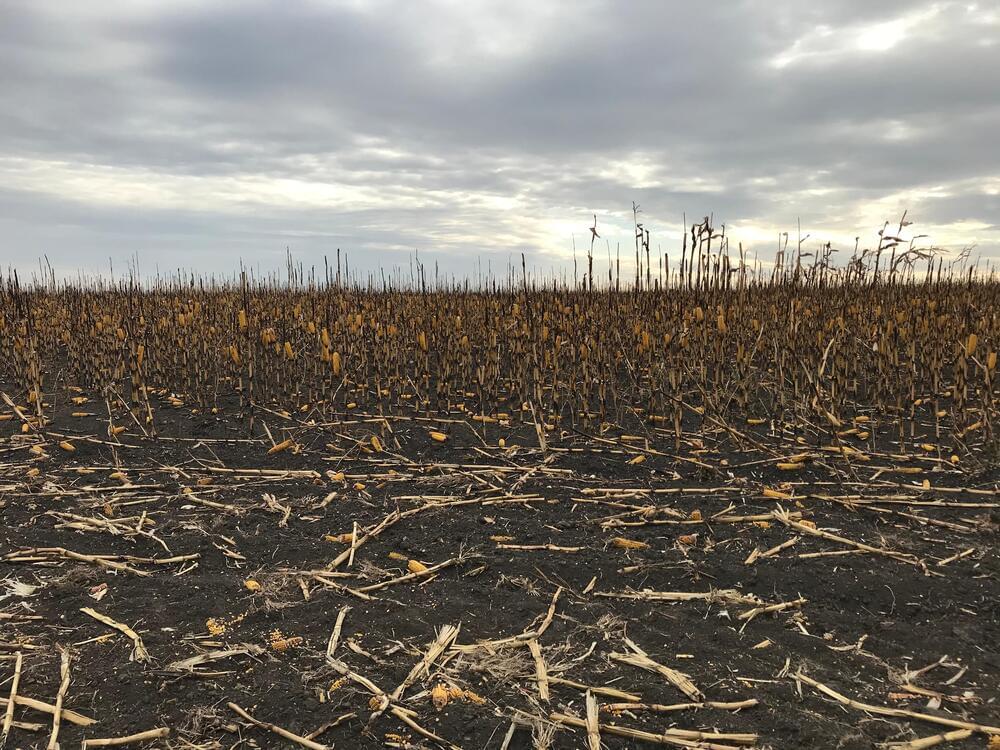
We might all starve.
Researchers from Rutgers University calculated the possible effects of nuclear wars. The result shows that a nuclear war between countries such as Russia and USA could kill billions and cause starvation within two years.
It also demonstrates that large deficits would arise in imports due to the depletion of crops.
Every human being is afraid of nuclear war beyond any doubt. Researchers went into overdrive to see what would happen when a nuclear war broke out, dangerous enough to bring the end of humanity as well as all life on Earth.
More than 5 billion people would die of hunger following a full-scale nuclear war between the U.S. and Russia, according to a global study led by Rutgers climate scientists that estimates post-conflict crop production.
“The data tell us one thing: We must prevent a nuclear war from ever happening,” said Alan Robock, a Distinguished Professor of Climate Science in the Department of Environmental Sciences at Rutgers-New Brunswick and co-author of the study. Lili Xia, an assistant research professor in the School of Environmental and Biological Sciences, is lead author of the study published in the journal Nature Food .
